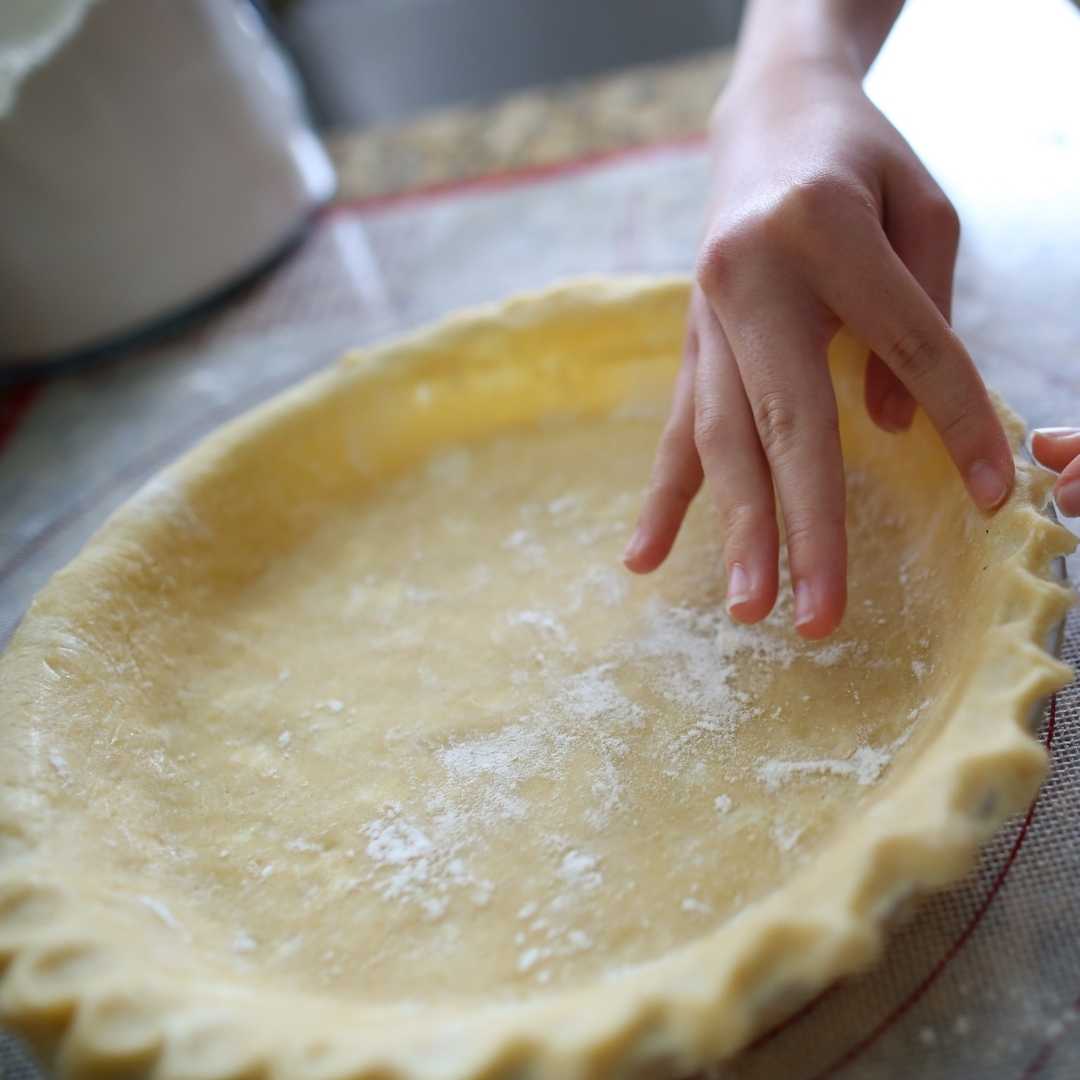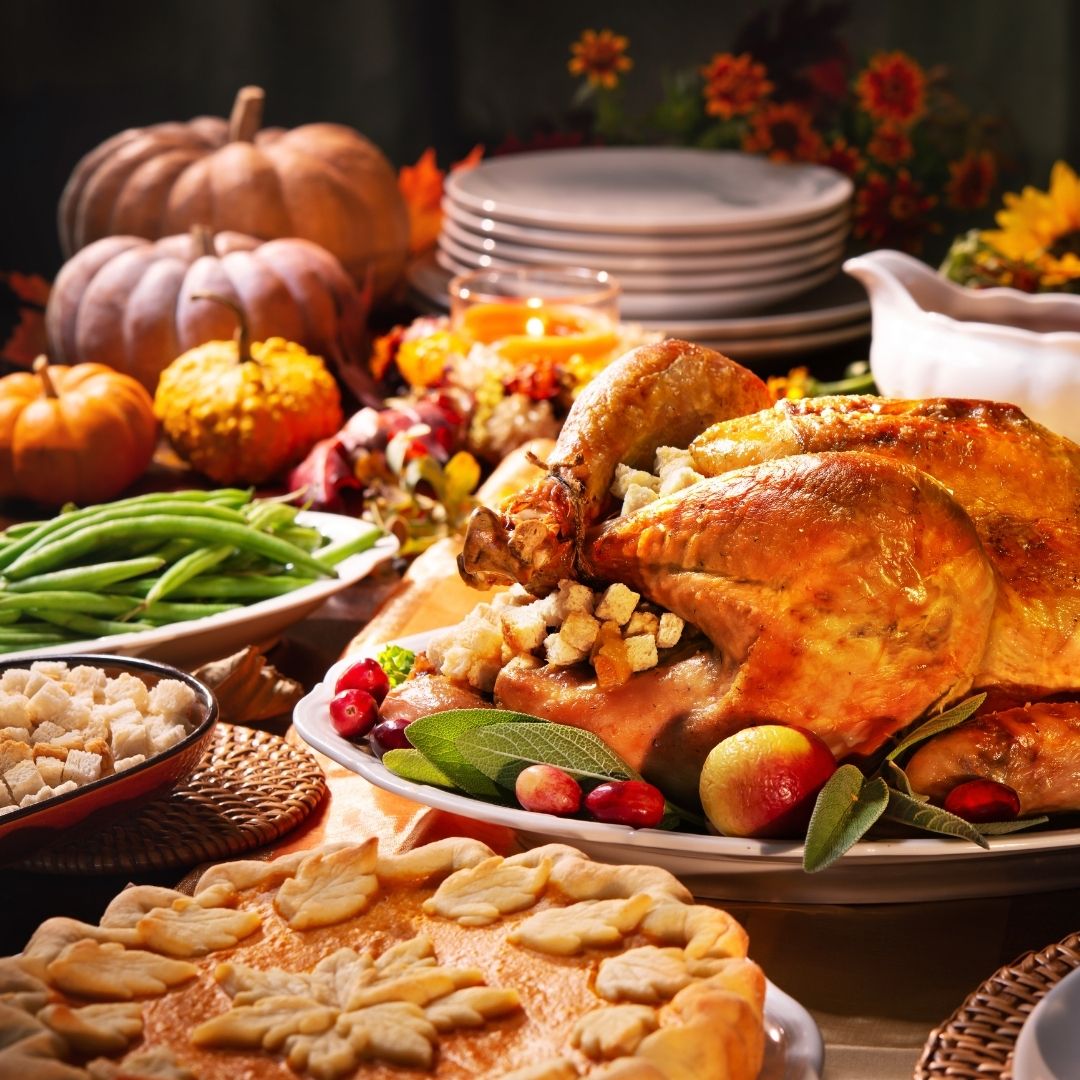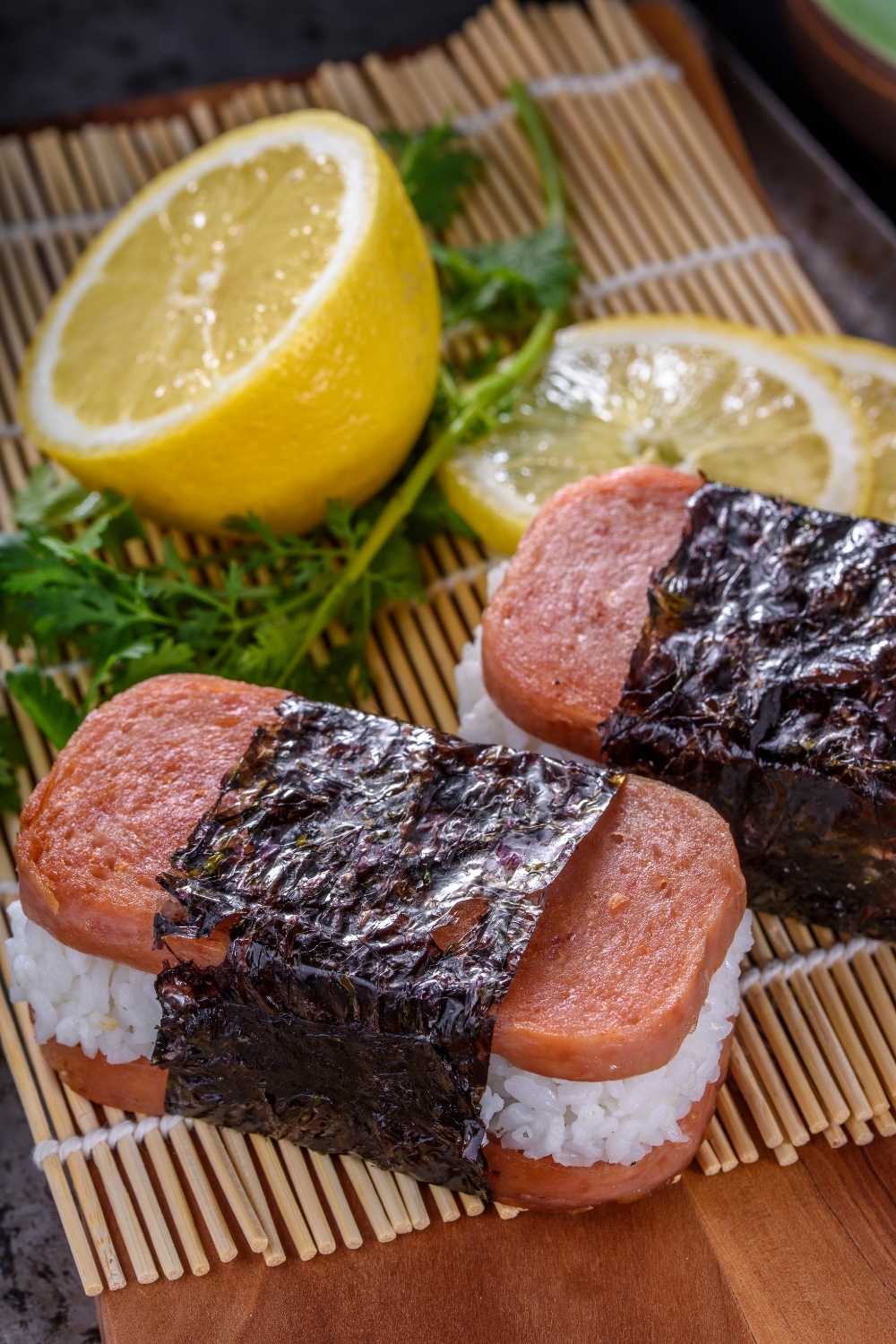Yes, you can make your own homemade pie crust! It’s not hard, once you get the hang of it, and the result is so much better than your typical frozen pie crust that you get at the store. To help get you started on your journey here are some great tips to make the perfect pie crust.
Use very cold butter or fat
Whatever fat the recipe calls for should be well-chilled and cut into very small pieces. The fat in a pie crust must maintain some of its integrity in the dough to make the flakes in the crust truly flaky. Starting with very cold butter makes it easier to keep from over-working the butter into the dough. As a standard rule, you want to freeze the butter for 10 to 15 minutes before starting the dough.

Chunks in the dough are okay
Many recipes call for you to work the fat into the flour until the mixture is similar to cornmeal. That’s ok, but there should still be a few big chunks of fat mixed within the dough to ensure peak flakiness. Keeping a few bigger pieces in there will also help keep you from over-mixing the dough.

Add a little yolk
Even if the recipe does not call for it, add an egg yolk. This adds more fat, as well as natural lecithin, which makes the dough pliable and easier to handle.

Limit the water
Start off using the least amount of water or other liquid possible. Water aids gluten development, which you want to avoid for a tender pie crust. Add just enough water so the dough holds together. The dough will look quite shaggy and that’s a good thing.

Do not over-handle the pie crust
Overworking makes the dough tough. It’s okay to see flakes of yellow from the butter and egg yolk. Also, when working the dough, use your fingertips instead of the warmer palms of the hand. Remember the goal is to make a nice flakey crust.
Chill the dough
Chill the dough before you roll it out for at least 30 minutes and/or up to 2 days.
Roll the dough the right way
Lightly flour your work surface, then roll dough from the center outward to create a circle. Lift and move the dough frequently as you work so it doesn’t stick to the surface.

Let it rest
Always let your dough rest for at least one hour. Again, it’s all about gluten, and the key to making really flakey crust is to, let your pie crust have time to relax in order for it to be on its best behavior when you’re rolling it out.

Take charge of the flour
Use flour liberally to roll out your dough. Don’t even think twice about it. However, once your dough is rolled to the appropriate diameter, take a pastry brush and brush off any and all excess .

Chill the lined pie pan before baking
Cover and chill the lined pie pan before baking or adding the filling the pie. This will help the pie keep its shape (and size!) when baked.
To prevent excess browning
Make the edges perfect during baking, cover the pie edge with a 2- to 3-inch wide strip of aluminum foil, and mold lightly around the edge of the pie. Bake as directed, removing the aluminum foil 15 minutes before the end of the baking time.





